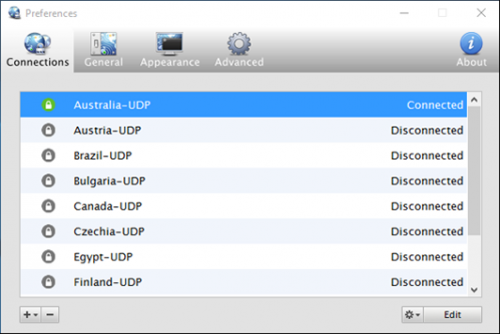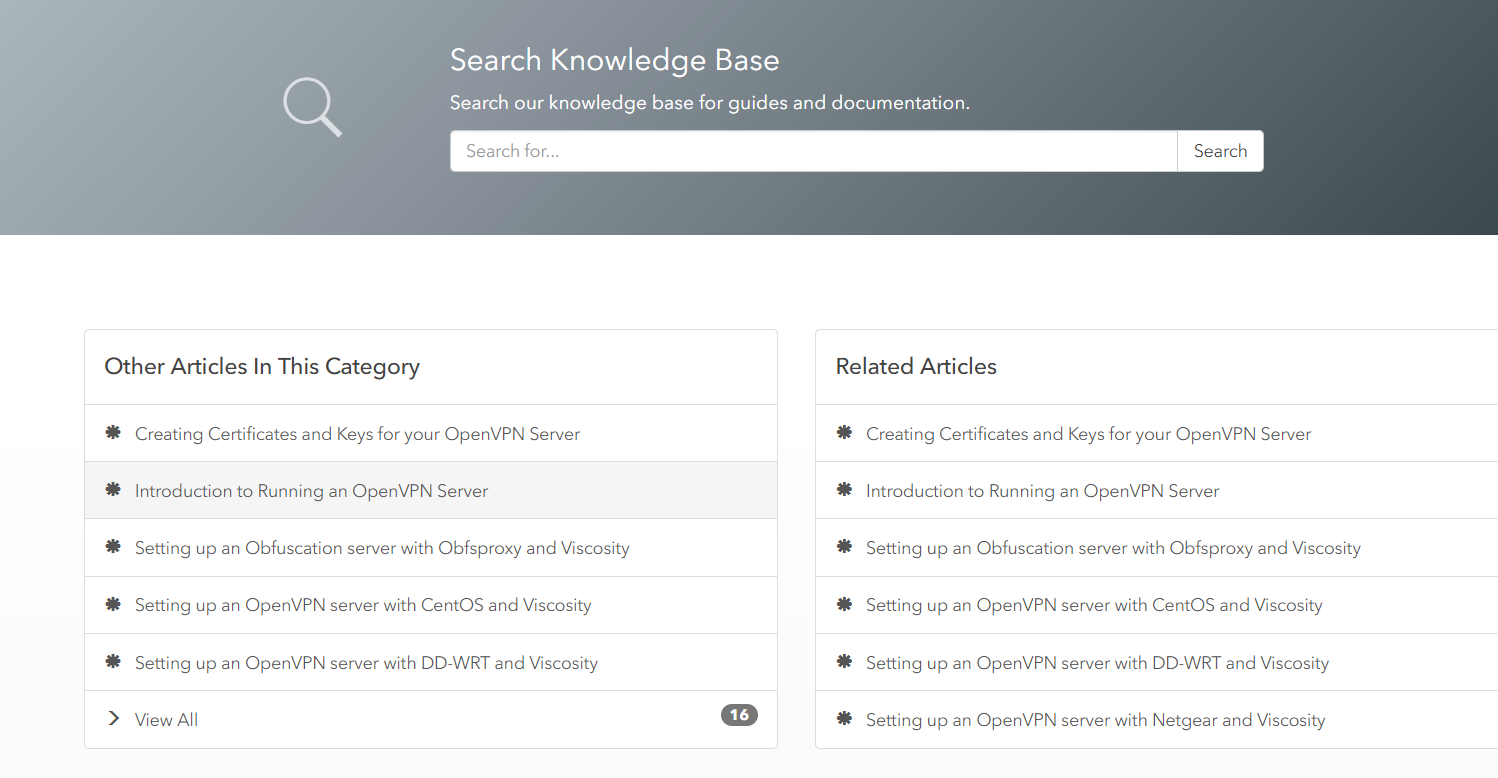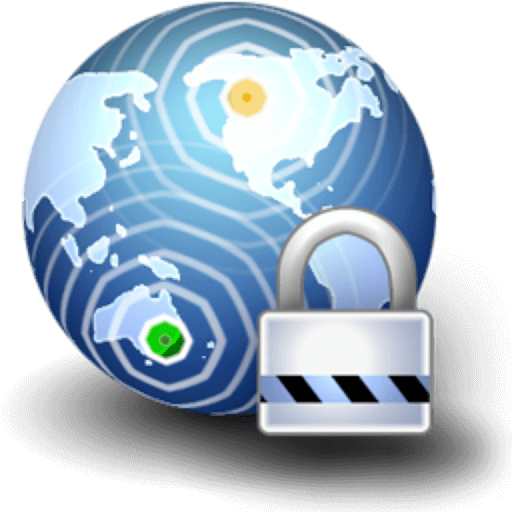

So when you're travelling overseas you can still view websites you would normally use at home, such as television, movie and music streaming websites. Access Location Restricted Content: By connecting to a VPN server in another location you can make it appear to websites using geolocation that you are physically in the correct location for access.Access files on your computer, view iTunes shares, take remote control of your computer, and access other services. Access Your Home Network: Connecting back home using a VPN allows you to access your computers remotely.You can then do things like access file servers, computers, databases, email, internal webpages, and other services you might not have access to outside of your work network. Access Your Workplace Remotely: You can connect to your workplace's VPN and have access as if you were physically in the office.Otherwise it is relatively easy for other people to view your network traffic, such as see what you are viewing, steal your information and login details, etc. This allows you to use public networks (such as at hotels, conferences, coffee shops, etc.) and wireless networks knowing your network traffic is kept safe and secure. Network Security & Privacy: All network traffic through your VPN connection is kept secure.All network traffic through this tunnel is encrypted to ensure it is kept secure and private.Ī VPN allows you to do a number of things you wouldn't otherwise be able to do connected to a standard network. This remote network is typically a private network, such as a workplace or home network, or one provided by a commercial VPN service.Ī VPN can be thought to create a "tunnel" through the public network to your private network at the other end.

If you're already familiar with VPN connections, we recommend instead visiting the Viscosity page, which provides more information on the features Viscosity offers.Ī VPN (Virtual Private Network) provides a secure way of connecting through a public network (such as the Internet) to a remote network/location. If you haven't used a VPN connection before and wonder what they are, or unfamiliar with what a VPN lets you do, then this guide is for you. Repeat the procedure for your other connections (Wi-Fi and VPNUK).This guide is designed to act as an introduction to those new to VPNs. Go to the TCP/IP tab and ensure IPv6 is set to: Off. Select your Ethernet connection and click onto the Advanced button. Run all of the necessary commands and then go to your networking overview: Launchpad > Network

The command for disabling IPv6 on your VPNUK connection is usually: sudo networksetup -setv6off VPNUK The command for disabling IPv6 on your Ethernet connection is usually: sudo networksetup -setv6off Ethernet The command for disabling IPv6 on your Wi-Fi connection is usually: sudo networksetup -setv6off Wi-Fi You now need to disable IPv6 on your network connections and VPNUK account.

#VISCOSITY VPN FULL#
To display the full list of available hardware enter the following command: sudo networksetup -listallhardwareports Go to Terminal: Finder > Applications > Utilities > Termnial.
#VISCOSITY VPN MAC OS#
This tutorial will guide you through the procedure involved in disabling IPv6 on Mac OS X.Prerequisites: Please ensure your VPNUK account is setup before proceeding.


 0 kommentar(er)
0 kommentar(er)
